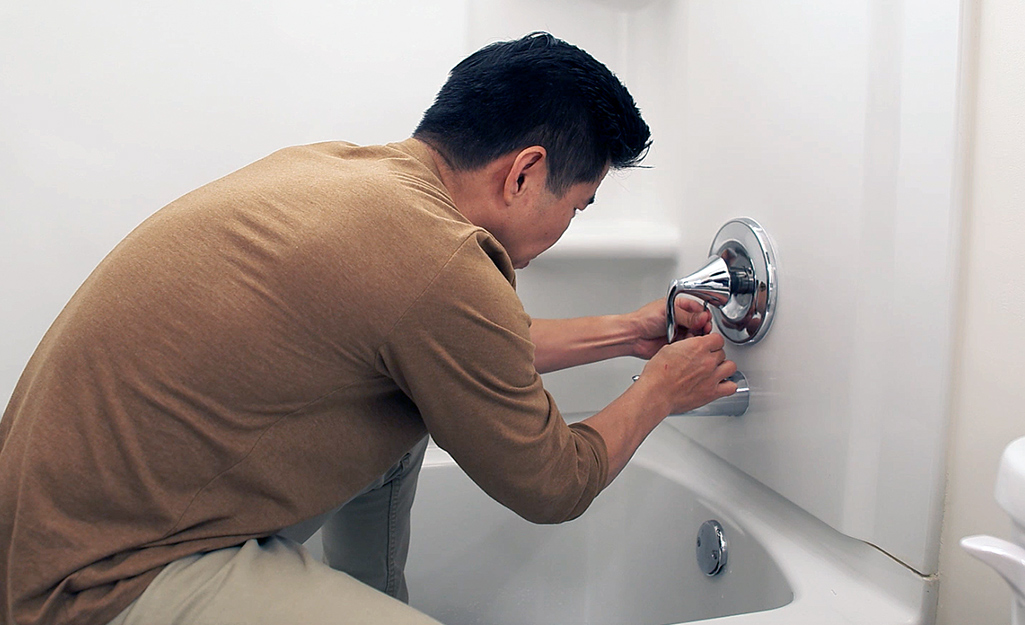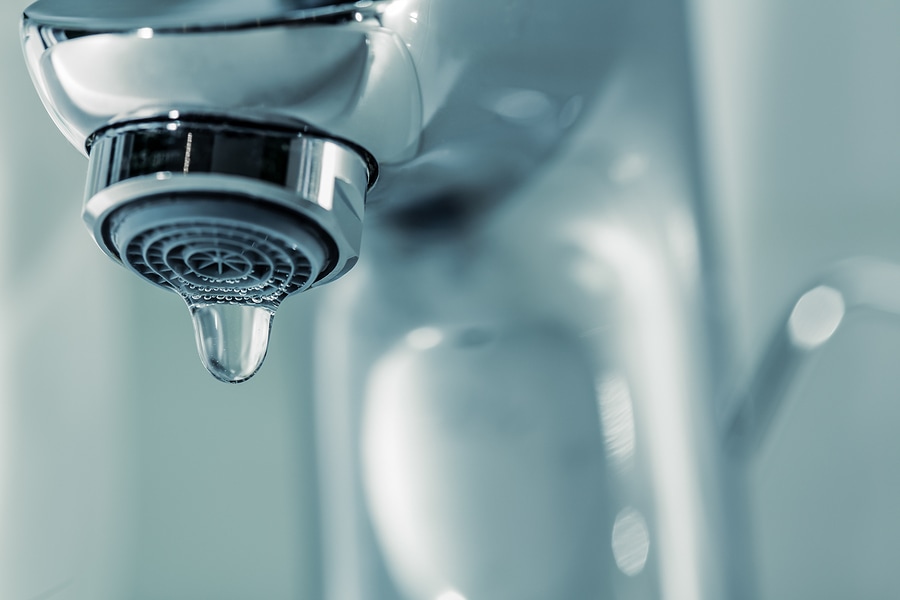My Importance of Resolving a Broken Faucet
My Importance of Resolving a Broken Faucet
Blog Article
We've discovered this great article on What Causes Leaky Faucets & How To Fix Them down the page on the net and concluded it made sense to relate it with you in this article.

Trickling taps could seem like a small aggravation, however their effect exceeds just the annoyance of the noise. From wasting water to sustaining unneeded financial costs and wellness threats, ignoring a dripping faucet can cause numerous consequences. In this short article, we'll explore why it's important to address this common house concern without delay and effectively.
Wastefulness of Water
Ecological Effect
Leaking faucets contribute dramatically to water waste. According to the Environmental Protection Agency (EPA), a solitary faucet dripping at one drip per secondly can throw away more than 3,000 gallons of water per year. This not just pressures water resources but additionally affects ecosystems and wild animals depending on them.
Step-by-Step Guide to Fixing a Dripping Faucet
Devices Needed
Before attempting to fix a leaking faucet, collect the essential tools, consisting of an adjustable wrench, screwdrivers, replacement components (such as washing machines or cartridges), and plumber's tape.
Common Tap Issues and Their Solutions
Identify the type of faucet and the certain concern creating the drip. Usual problems include worn-out washing machines, rusty shutoff seats, or damaged O-rings. Describe supplier guidelines or online tutorials for detailed guidance on repair services.
Financial Costs
Increased Water Bills
Beyond the environmental influence, trickling taps can pump up water expenses substantially. The collected waste in time translates right into greater utility expenditures, which might have been prevented with timely repairs.
Possible Property Damages
Furthermore, long term leaking can lead to harm to components and surfaces bordering the faucet. Water build-up can cause discoloration, deterioration, and even architectural problems if left neglected, leading to added repair service costs.
Health and wellness Problems
Mold and Mold Growth
The continuous visibility of moisture from a leaking tap develops an optimal environment for mold and mildew development. These fungis not just endanger indoor air high quality yet additionally pose health risks, particularly for individuals with breathing conditions or allergic reactions.
Waterborne Illness
Stationary water in leaking taps can come to be a breeding place for microorganisms and various other microorganisms, enhancing the danger of waterborne illness. Contaminants such as Legionella bacteria thrive in stationary water, potentially causing severe diseases when ingested or breathed in.
DIY vs. Professional Repair
Pros and Cons of Do It Yourself Repair Service
While some may attempt to fix a leaking faucet themselves, do it yourself repair work feature their own collection of difficulties. Without proper knowledge and devices, DIY attempts can exacerbate the problem or bring about incomplete fixings, prolonging the trouble.
Benefits of Working With an Expert Plumber
Hiring an expert plumber makes sure that the underlying reason for the trickling tap is addressed successfully. Plumbers have the expertise and tools to identify and repair tap issues effectively, saving time and reducing the threat of additional damages.
Ecological Duty
Private Payment to Conservation
Taking duty for fixing leaking taps straightens with broader efforts toward water preservation and ecological sustainability. Every individual's actions collectively make a significant influence on protecting priceless sources.
Sustainable Living Practices
By focusing on timely repair work and adopting water-saving behaviors, individuals contribute to lasting living practices that profit both existing and future generations.
Preventive Measures
Normal Maintenance Tips
To stop leaking faucets, perform routine upkeep such as cleaning aerators, examining for leakages, and replacing damaged parts immediately. In addition, think about mounting water-saving devices or upgrading to extra efficient fixtures.
Relevance of Prompt Repairs
Attending to dripping faucets as quickly as they're observed stops more water wastefulness and potential damage, ultimately conserving both water and cash in the long run.
Effect On Home Worth
Perception of Well-Maintained Property
Keeping a property in good condition, consisting of attending to maintenance concerns like leaking faucets, improves its regarded worth and worth amongst potential buyers or lessees.
Influence on Resale Value
Qualities with properly maintained plumbing components, consisting of taps, command higher resale worths in the realty market. Dealing with leaking faucets can contribute to a positive perception during building assessments and negotiations.
Final thought
Resolving a dripping tap surpasses plain comfort; it's an important action towards conserving water, minimizing economic costs, and protecting wellness and residential or commercial property. Whether with do it yourself repair work or expert aid, doing something about it to fix dripping faucets is a small yet impactful method to advertise accountable stewardship of sources and add to a much healthier, more sustainable future.
How to Fix a Leaky Faucet: Step-by-Step Repair Guide
A leaky faucet may seem like a simple annoyance, but if it's not fixed promptly, that leak could cost hundreds to potentially thousands. From water damage to mold, mildew, and high water bills, even a tiny leak can be catastrophic if left unattended. Damage like this can even affect the overall value of your home, so it's important to take the right approach for leaky faucet repair. You may need the help of a plumber in some cases, but we've got a few tips you can try on how to fix a leaky faucet before calling the pros.
Four Faucet Types
When you're learning how to fix a leaky faucet, the first step is knowing what kind of faucet you're working with! There are four common types.
Cartridge Faucets
Cartridge faucets come in one- or two-handled varieties. In one-handled cartridge faucets, hot and cold water combines in a single cartridge. In the two-handled versions, hot and cold water are controlled separately and mixed in the faucet.
Ball Faucets
Ball faucets have a single lever you push up and down to adjust the pressure and rotate to change the temperature. A slotted metal ball controls the amount of water allowed into the spout.
Compression Washer Faucets
They're the oldest type of faucet, but they're still used in many homes — especially older ones. Compression faucets have two separate handles that, when turned, raise or lower the washer that seals a water valve. This valve stops water from flowing through the faucet when it is turned off.
Disc Faucets
Disc faucets rarely need to be repaired due to their maintenance-free design. The water flow is controlled by two discs — the upper one raises and lowers against a fixed lower disc, creating a watertight seal. If your disc faucet starts leaking, you may need to replace the seals or clean residue buildup from the inlets.
Fixing a Leaky Faucet
Step 1: Turn Off the Water
Whether you're learning how to fix a leaky bathtub faucet or how to fix a leaky kitchen faucet, always turn off the water supply to your working area when you're fixing a leak. The last thing you want is a flood added to your list of things to fix.
Look for the shutoff valves below your sink or around the tub and turn them clockwise to stop the water flow. If your faucet doesn't have shutoff valves, you may need to turn off the water for the whole house. Check to make sure it's off by turning the faucet on. If nothing comes out, you're ready to start the repair.
Step 2: Take Apart the Faucet
How you disassemble your faucet depends on the type of fixture you have. You can use a flathead screwdriver to remove the caps on top of the handle or handles for cartridge and compression faucets. Inside, you should see handle screws. Unscrew these with a screwdriver to remove the handle.
Disc- and ball-style faucets will typically have an inlet screw near the handle, and removing that will reveal the interior of the faucet.
Detach the Valve Stem
For cartridge- and compression-style faucets, you'll see the inner valve stem or cartridge once you remove the faucet handles. If you have a compression faucet, unscrew the brass valve stem. If you have a cartridge faucet, pull out the cartridge. If your cartridge has been in place for a while, it may require some tools or extra force to remove it due to mineral deposits.
Examine and Replace Parts
Once you've removed the parts, check them out to confirm what needs to be replaced. You may see corroded rubber washers, O-rings, stems, or cartridges. On a ball-style faucet, check the seats and springs for damage.
If you need to repair a leaky disc faucet, check the inlet and seals on the lower disc.
Once you determine what parts must be replaced, visit your local hardware store. Bring the damaged parts with you to ensure you can purchase the correct components to replace them.
Clean Valves and Faucet Cavity
If you've removed a stem or cartridge, you may notice mineral buildup in the faucet's threads. Use white vinegar to clean the valve seat by soaking it for a few minutes, then scrub it away with a soft toothbrush and rinse with warm water. You can also clean the interior of the faucet in the same way.
Reassemble the Faucet
Once your faucet is cleaned and the required parts have been replaced, it's time to reassemble it. Put the pieces back together and slowly turn the water supply back on. Doing this slowly is crucial because too much initial water pressure can damage the new hardware you've just installed.
https://homewarranty.firstam.com/blog/how-to-fix-leaky-faucet

I hope you enjoyed reading our topic on What Causes Leaky Faucets & How To Fix Them. Thank you so much for taking time to read through our short article. Are you aware of anybody else who is sincerely interested in the topic? Feel free to share it. Thanks a bunch for your time. Return soon.
Report this page